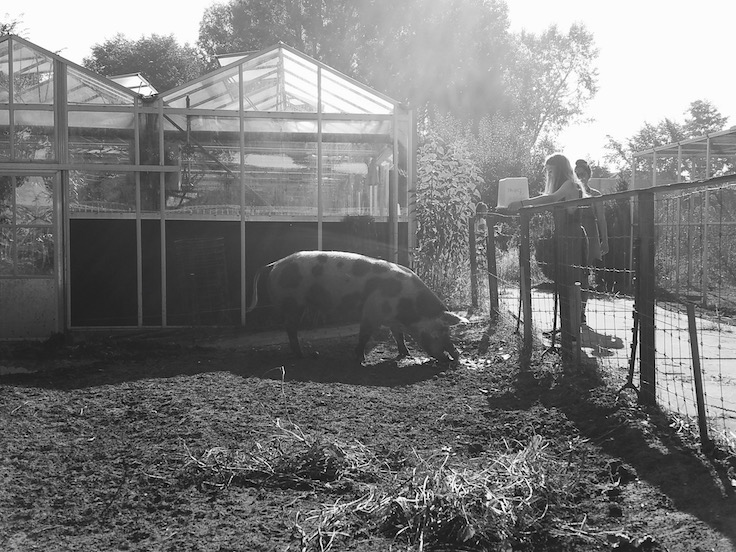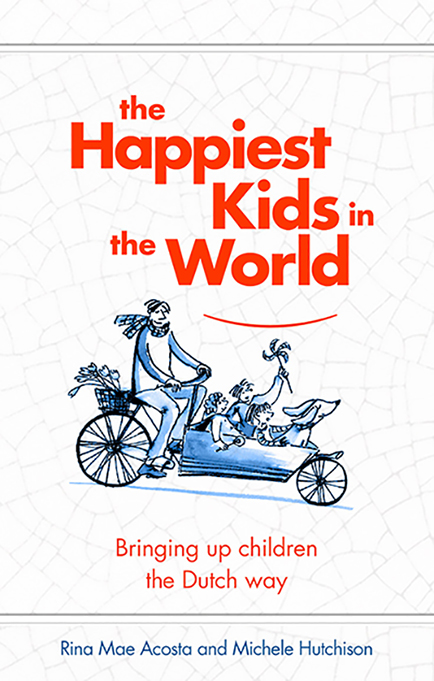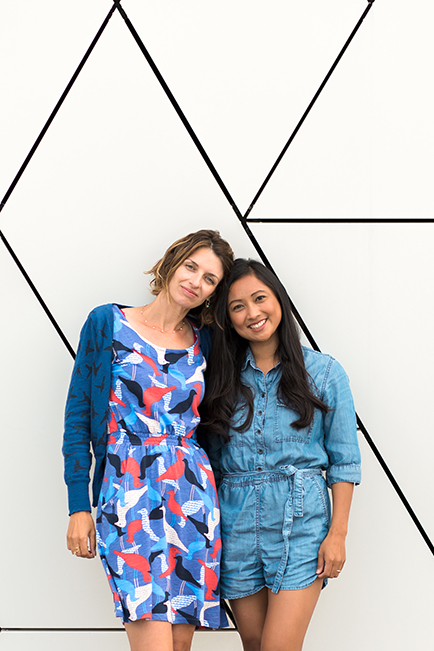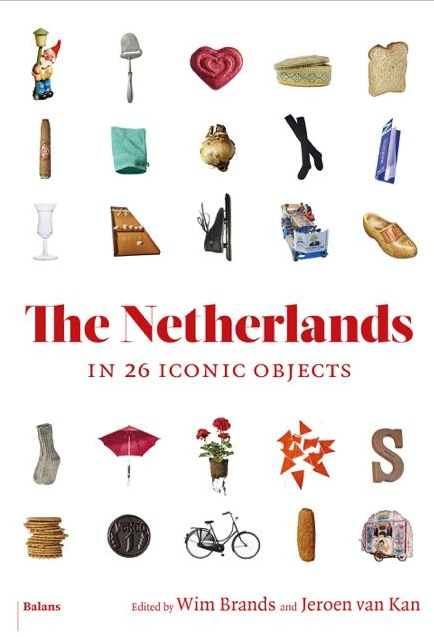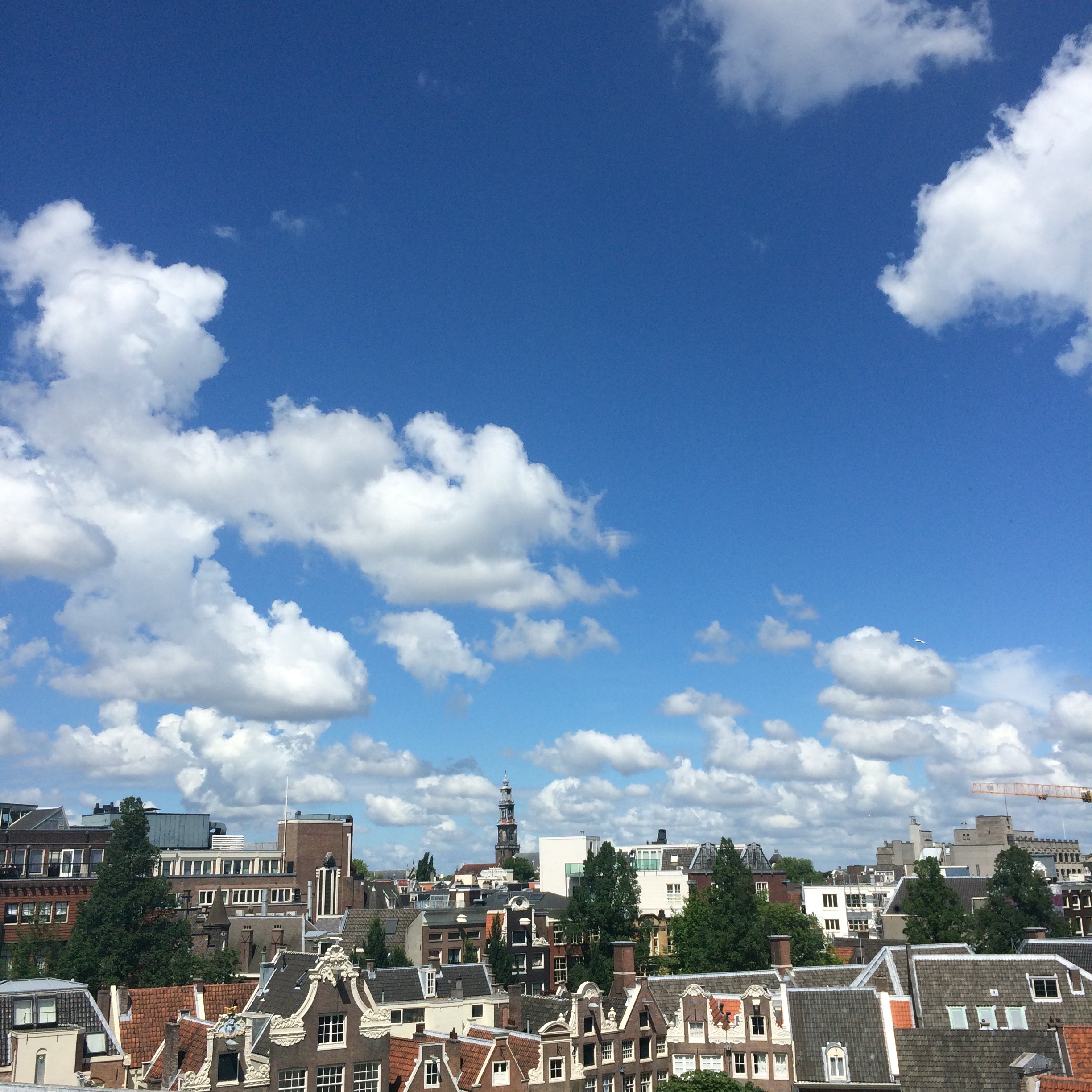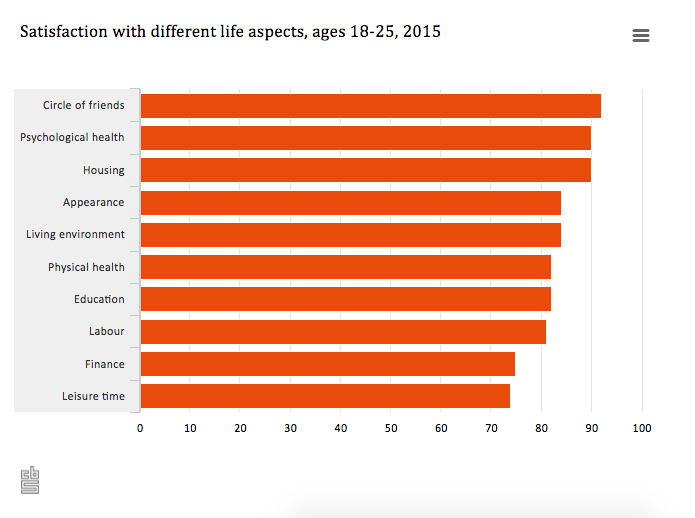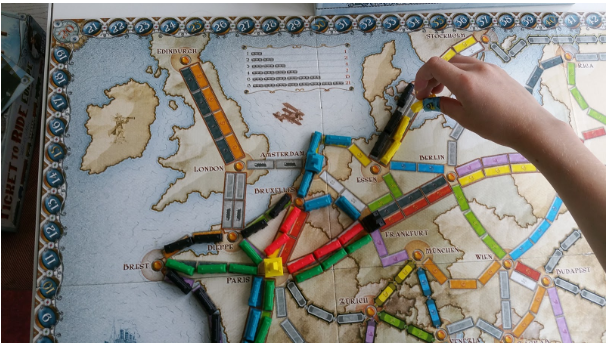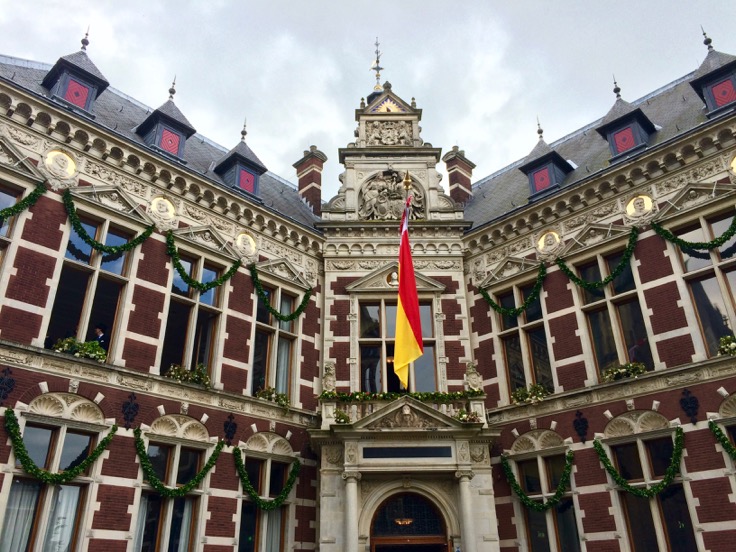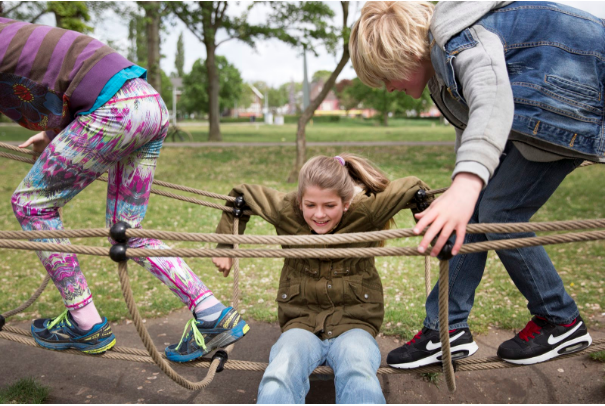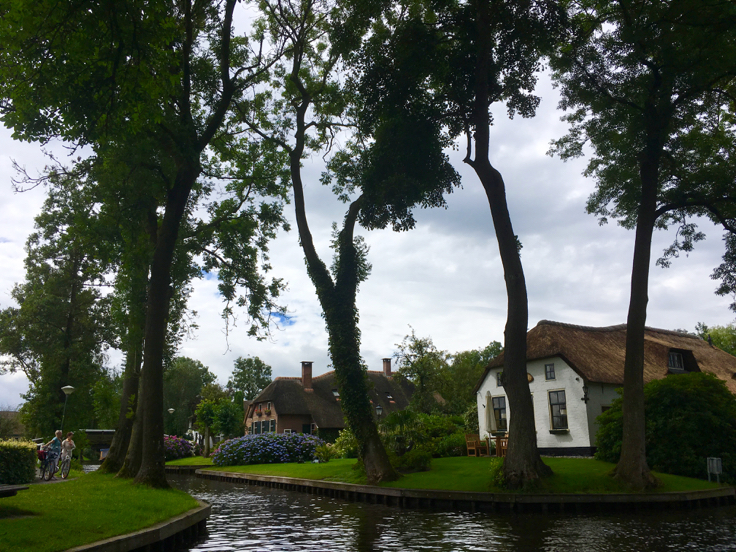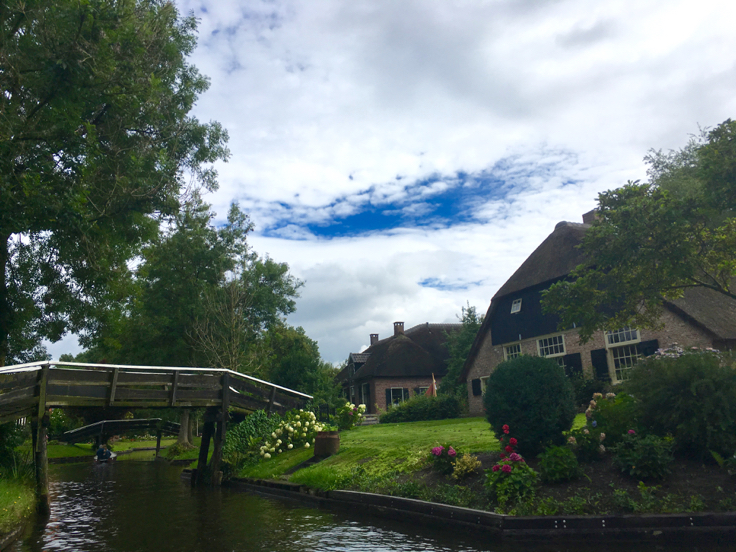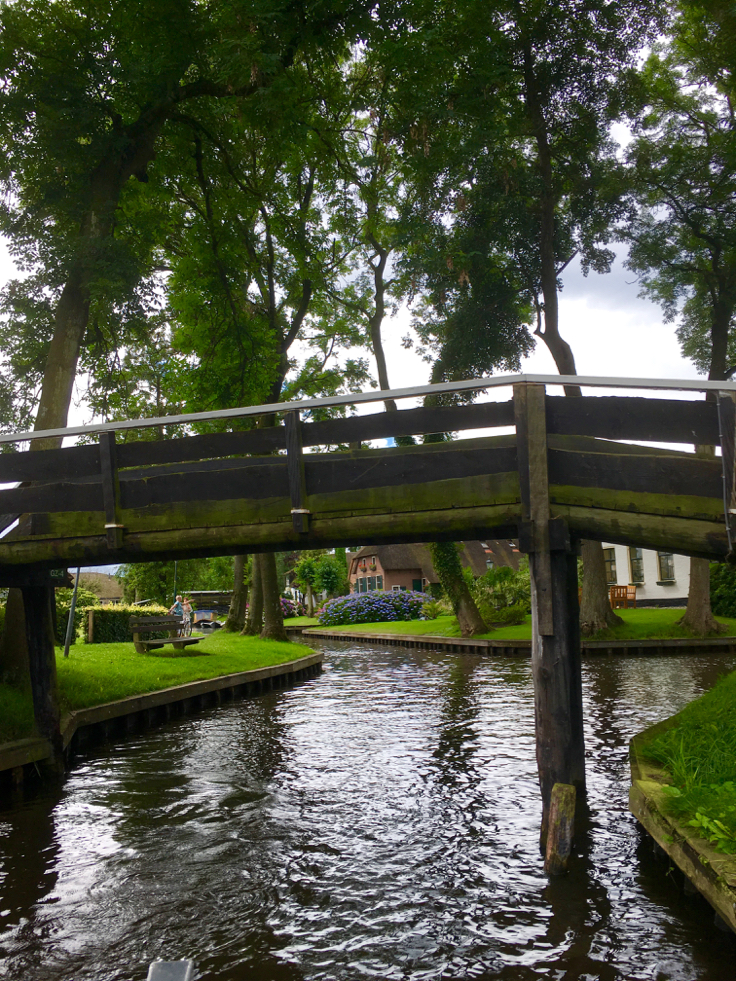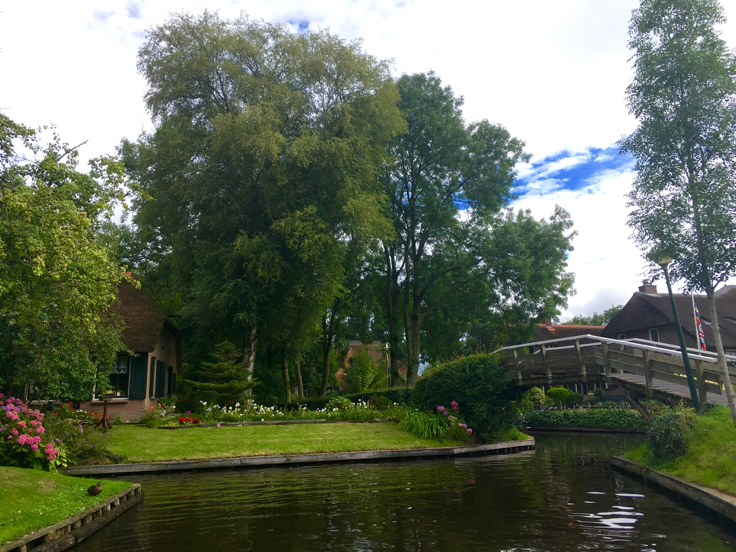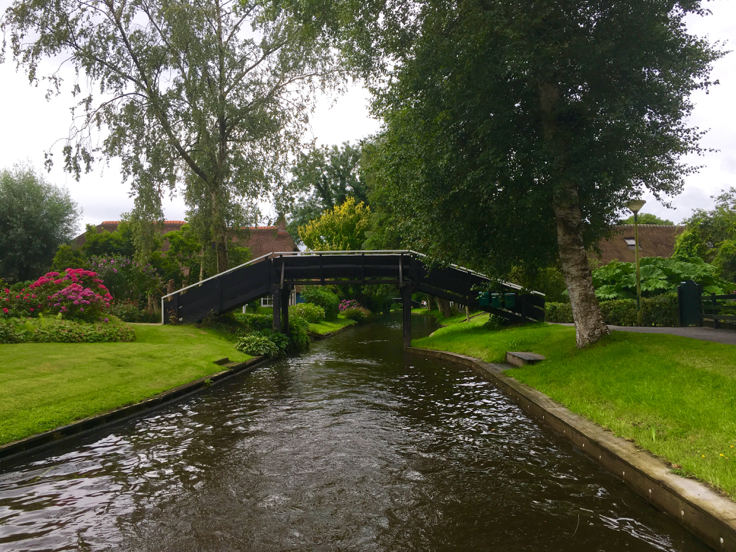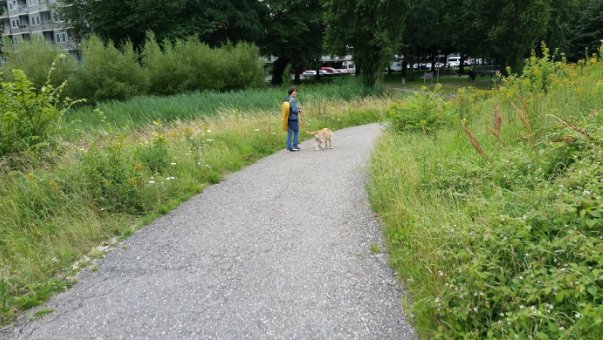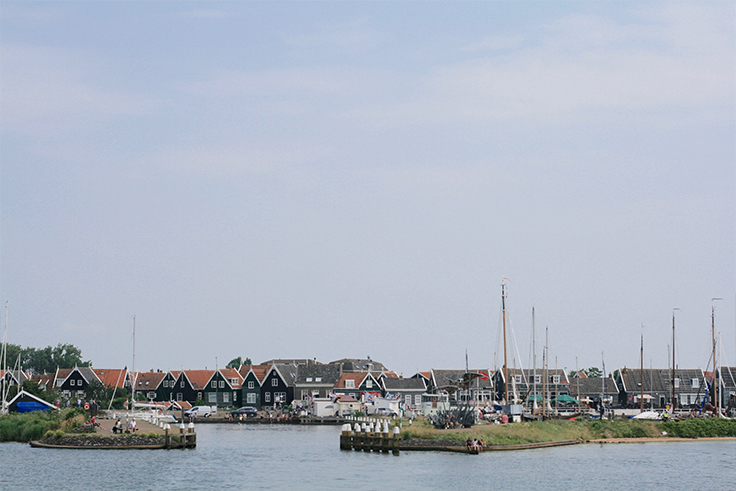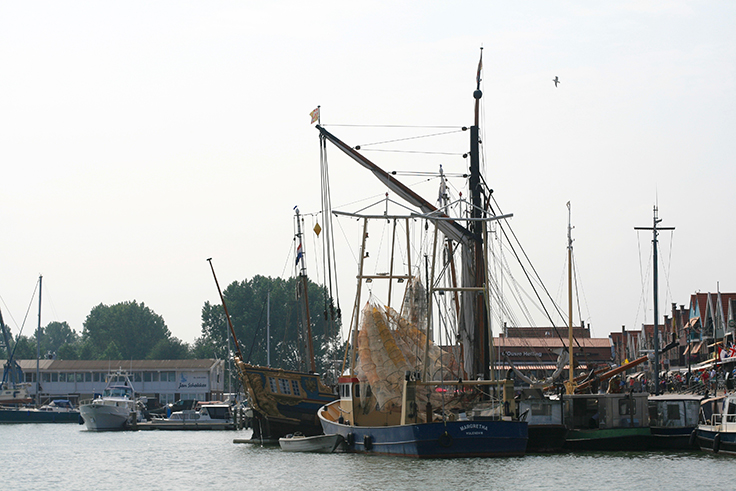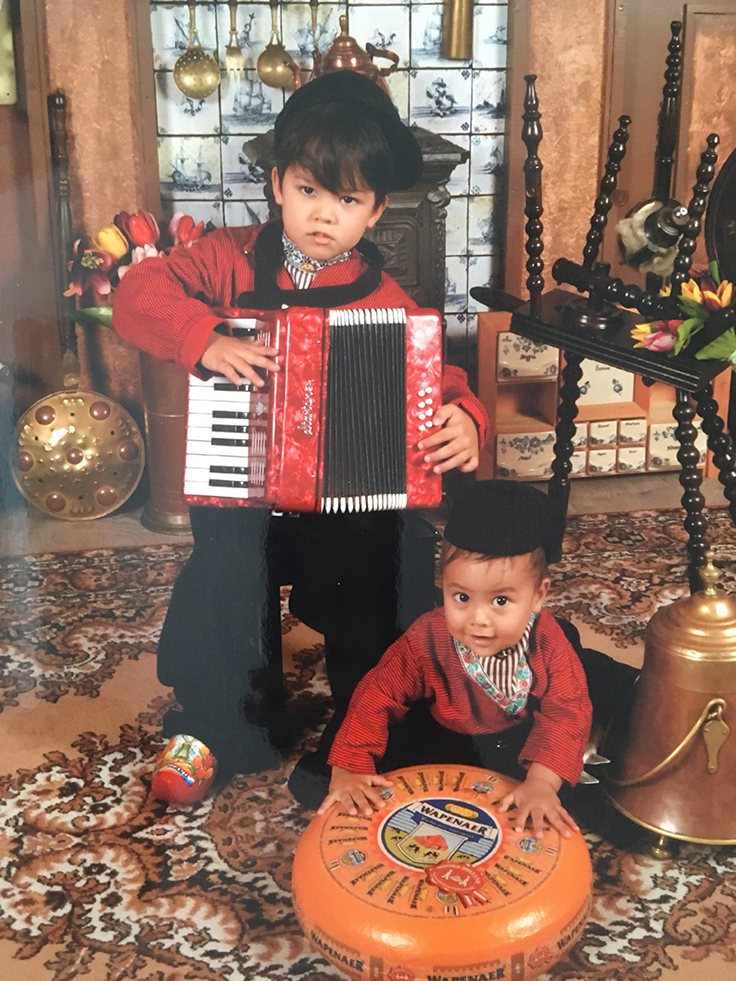‘For far too many children in Britain, the chance they have in life is determined by where they live, or how much money their parents have,’ Theresa May said last week, referring to the in-built inequities in the British school system. There is a gaping chasm between the quality of state schooling available in the south and what you can get in the rest of the country. And then there are the public (private) schools which are better than any of these anyway (though she doesn’t say that). You’re either rich or you’re f*cked in the UK is how many parents see it. Reform would be welcome to most.
But May’s first speech as Prime Minister promising plans for new grammar schools is causing a furore. ‘Theresa May entrenches segregation and privilege with her education reforms’, was one such headline. ‘We will fail as a nation if we only get the top 15 per cent to 20 per cent of our children achieving well,’ Sir Michael Wilshaw, Chief Inspector of Schools, declared on Radio 4, underlining the typically Anglo-Saxon ambition for all children to achieve great A levels.
What’s the problem with grammar schools then? In the Guardian, Sam Freedman argues that only a tiny minority of children from disadvantaged backgrounds actually attend these schools and, really they cater for the middle classes. (Hang on: what’s wrong with the middle classes? They can’t always afford private school fees either.) He goes on to state that ‘all the top education systems in the world are comprehensive,’ which is where I get all bristly. It’s patently untrue when you consider the Netherlands which does have a selective system and scores excellently in the OECD report he himself quotes from.
The Dutch system is a great improvement on the British one and it’s one of the main attractions of life here as a parent. Born into the non-affluent middle class, I attended a small-town grammar school in the Midlands myself. It wasn’t all it was cooked up to be, as I later found out when I went to uni. The privately-educated kids were way ahead academically and it took me a couple of terms to catch up. So as I see it, if you want the best education in the UK right now you have to pay for it, grammar schools or not. The Netherlands on the other hand, has a unified school system, paid for by high taxation. You don’t need to be rich to attend the top schools.
Dutch children attend primary school from 4 to 11 years of age and are streamed into different types of secondary schools after that. I’ll explain but bear with me, it’s complicated. There are grammar schools – ‘gymnasiums’ – which provide an academic education (VWO) including Latin and Greek in preparation for university entrance. There are mixed schools which offer the academic stream (VWO) and the professional stream (HAVO – preparation for higher non-academic education). There are schools offering just HAVO. And there are schools providing the various types of vocational education (VMBO). That’s not all though. If you want more mobility, there are large schools that offer all of the education types, the equivalent to the British comprehensives. Children are divided into these streams around the age of 12, after aptitude tests throughout primary school, and character assessment. If a child isn’t interested in knuckling down to bucketloads of Latin and Greek, they won’t be recommended for a gymnasium. You don’t want to set them up to fail. Children who do better than expected can move up a stream.
‘Achievement’, ‘academic’ and ‘meritocracy’ seem to be the catchwords of the grammar school debate. ‘In a true meritocracy, we should not be apologetic about stretching the most academically able to the very highest standards of excellence,’ May says. ‘Every child should be given the opportunity to develop the crucial academic core.’ Everyone must achieve is the subtext and academic studies are preferable to any other kind. But it’s not like that in Holland. The Dutch school system aims to keep pupils engaged and happy and as a result achieves high attendance figures and good pass records. Although the upper middle classes can get hung up about getting their kids into gymnasiums, in general, there is no shame in going to the HAVO or attending a vocational school. The point is, the other schools provide a good education too! There’s a vocational school a couple of hundred yards from my house that teaches plant and animal science. It’s got its own greenhouses and mini-farm out the back. My son and I often peer over the fence in envy at kids grooming ponies and planting bulbs.
The thing is, the British have become trapped in their own ideology – a utopian desire to believe that a meritocratic society might be possible, while having one of the most entrenched class systems in the world. Surely the point should not just be to build more grammar schools, but to provide a better range of education across the board and do away with the socially-divisive private school system? This seems to be what May herself wants: ‘Because if the central concern ordinary working class people have is that their children will not enjoy the same opportunities they have had in life, we need to ensure that there is a good school place for every child, and education provision that caters to the individual needs and abilities of every pupil.’ (Though she should certainly add the middle classes to the working classes.) She also makes it clear she doesn’t support the binary system of secondary moderns picking up the slack once grammar schools have taken the pick of the crop, but welcomes a more diverse selection of schools. Come and take a look at the Dutch system, I say. Don’t just build grammar schools but other types of successful schools that kids actually want to go to.

